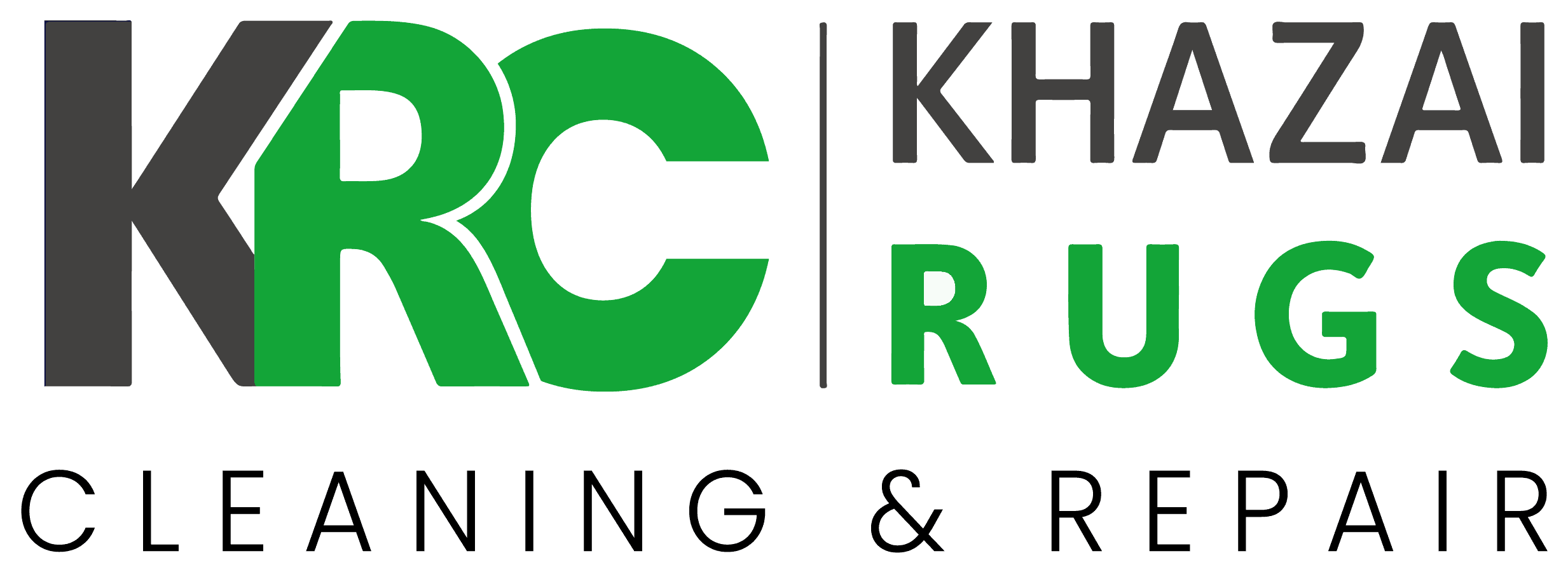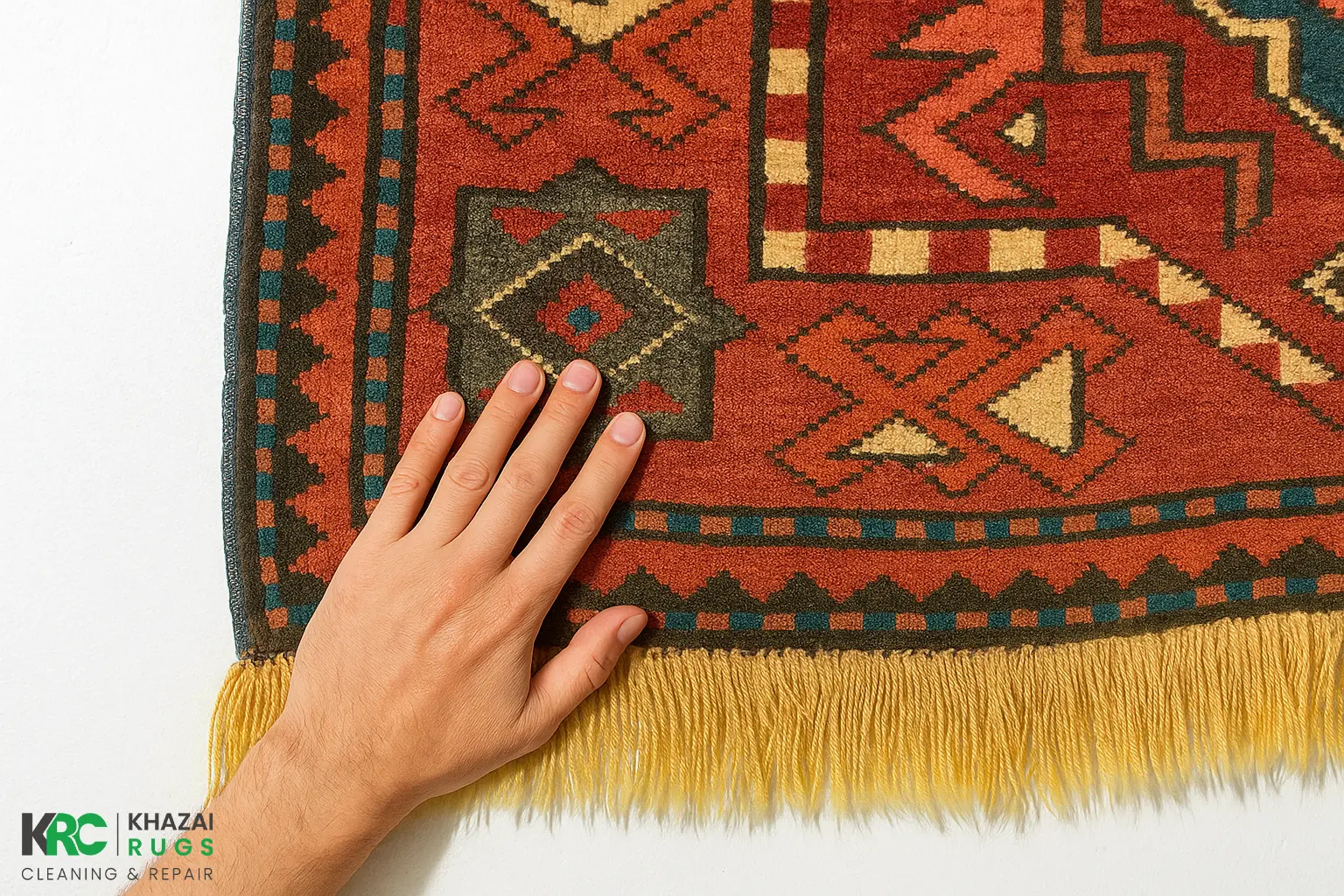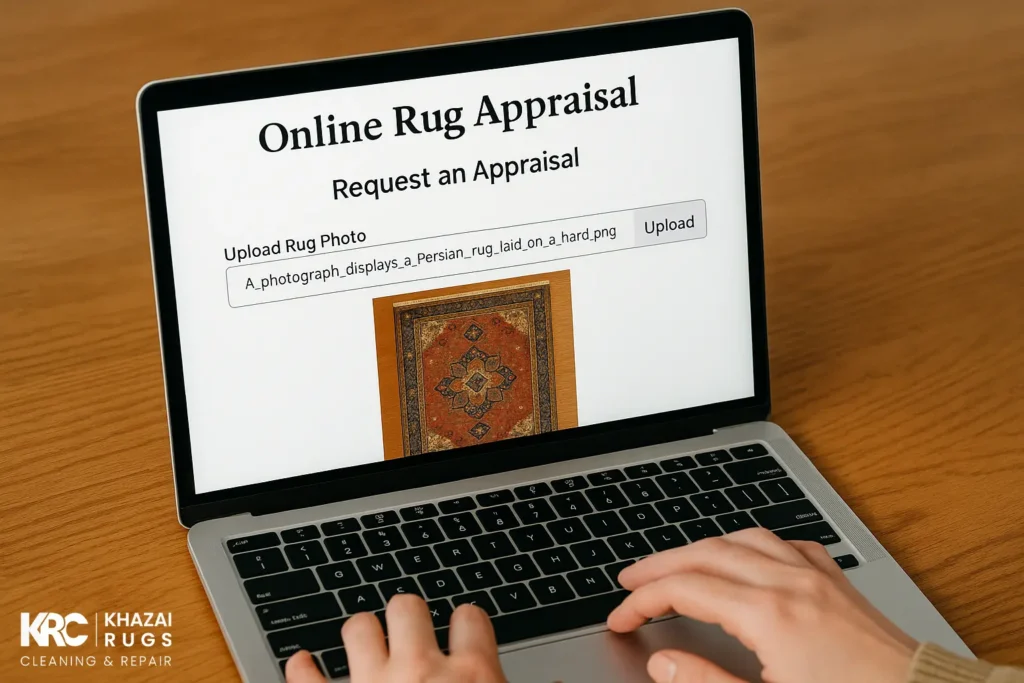Selling a beautiful old rug can feel like balancing on a tightrope; one wrong step and the offer slips. This guide keeps things grounded. We cover how an antique rug appraisal works, what drives price, how to spot the real thing, how to pick an expert, and the best timing. Then we walk through prep, common mistakes, and how to use your report for maximizing rug resale, selling appraised rugs, and lifting rug market value. We’ll speak plainly, share quick stories, and keep it friendly so the process feels less like guesswork and more like a plan.
Understanding the Basics of Antique Rug Appraisal
Knowing the basics helps you talk with confidence and price without panic. An antique rug appraisal documents what you have, supports rug market value, and gives buyers proof. If you want that documentation handled from start to finish, our Rug Appraisal Service produces the report buyers expect for maximizing rug resale.
What Defines an Antique Rug?
Most sellers use “antique” for pieces about a century old. That line helps set context for antique rug appraisal notes like origin, weave, dyes, and wear. Appraisers log the details that separate a living heirloom from a recent copy. Age alone does not carry the whole price; the mix of age, condition, and story shapes rug market value, which is why a good write‑up matters once you start selling appraised rugs.
Why Appraisal is Critical Before Resale
An appraisal turns opinion into evidence. It standardizes terms, pins down materials, and lists prior work, which calms buyer nerves and leads to higher offers for maximizing rug resale. A strong report reduces back‑and‑forth and protects you while selling appraised rugs. Most of all, it connects the craft on the floor to the number on the page, making the rug market value easier to understand and support.
Key Factors That Influence Antique Rug Value
Value rarely comes from one trait. Think of it like a recipe; each element adds flavor, and the price reflects the whole. These core factors show up in every antique rug appraisal and shape rug market value and maximize rug resale.
Age, Origin, and Rarity
Date matters, but the place and pattern can matter more. Certain villages, tribes, or workshops carry strong demand, especially when a design appears less often. Appraisers weigh that mix during antique rug appraisal, then compare similar sales to anchor rug market value. If a motif resurfaces in fashion cycles, rarity plus buzz can nudge numbers. That is how history and taste team up to help with maximizing rug resale.
Material and Craftsmanship
Wool quality, silk accents, and knot density set the baseline. Natural dyes age with grace and photograph beautifully. In a careful antique rug appraisal, the harmony between materials and weave explains why one rug feels alive and another feels flat. Buyers pay for feel, movement, and color depth, which is why the right description supports maximizing rug resale without sounding like hype.
Condition and Restoration History
Condition can lift or drag value fast. A small, well‑matched repair keeps a piece strong; heavy overwork can mute character. Clear notes in the antique rug appraisal about what was done, when, and why help buyers trust the listing. Honest documentation makes selling appraised rugs smoother and supports rug market value even when a rug shows its age.
How to Identify Authentic Antique Rugs
Authenticity is not a guess; it is a set of signals. Learning the quick tells lets you sort pieces before you book an expert. These checks also make your antique rug appraisal go faster and land in the right price range.
Telltale Signs of Authenticity
Look for irregularities that show a hand at work: slight variation in knots, minor color shifts from natural dyes, and organic wear on the back. Fringe that rises from the warp, not stitched on later, is a strong sign. Photograph those details; they help when selling appraised rugs and strengthen the narrative your appraiser puts on paper.
Differentiating Reproductions from Originals
Copies often show machine uniformity, synthetic dye brightness, or glued fringes. Edges feel too stiff or perfect. Fibers may look brand‑new while designs imitate age. A seasoned eye can spot this quickly, which is why antique rug appraisal should be part of the plan for maximizing rug resale and keeping expectations realistic.
Choosing the Right Antique Rug Appraisal Expert
The person matters. Training, hands‑on handling, and market awareness separate a generic opinion from a report that holds up in negotiation. The right expert clears the path for selling appraised rugs and consistent pricing.
What Makes an Appraiser Qualified
Look for repeated exposure to similar pieces, references, and a clean sample report. You want documentation that reads like a map, not a mystery. That clarity helps buyers understand rug market value and improves trust in your listing.
Certified vs. Independent Appraisers
Some hold credentials from appraisal bodies; others built reputations through decades of field work. Both can be excellent. What you want is careful documentation, comparable sales, and clear language that supports maximizing rug resale without overpromising.
Questions to Ask Before Hiring
Ask for a scope, timing, fee, and what the final report includes. Request a redacted example. Confirm how they handle repair notes. This keeps the antique rug appraisal aligned with your goal of selling appraised rugs at a strong price.
The Best Times to Get an Antique Rug Appraisal
Timing plays a bigger role than most people expect. Fresh data, seasonal demand, and life paperwork can make a real difference. Use timing to support antique rug appraisal decisions and aim for favorable conditions.
Market Trends That Affect Value
Design cycles shift. Earthy palettes move in, jewel tones rise later. When demand lines up with your style, rug market value can see a gentle lift. That is a good moment for a refresh or update to your report, especially before listing.
Life Events or Insurance Needs
Major moves, estate planning, and insurance updates often require current documentation. Treat these as smart checkpoints. You get clean photos, a fresh report, and a smoother path if you decide to sell soon after.
Common Mistakes That Can Decrease Rug Value
Good rugs can lose steam from a few rushed decisions. The most common issues are avoidable with simple habits and help from pros who do this every day.
Improper Cleaning or Repairs
Harsh chemicals, rough scrubbing, or color‑bleed accidents can sink value. If a piece needs work, lean on our Rug Repair Service so the fix blends gracefully. For pet accidents, use our Rug Pet Stain Removal Service before the mark sets; quick action protects fibers and helps when selling appraised rugs down the line.
Poor Storage and Environmental Damage
Sunlight, damp basements, and tight plastic wrap create slow trouble. Roll with a breathable wrap, keep off direct heat, and rotate occasionally. If you need longer breaks between showings, our Rug Storage Service keeps pieces safe while you plan next steps.
How to Prepare Your Rug for Appraisal
A few calm steps before the appointment make the report stronger. Clean gently, gather records, and take photos that show both beauty and honesty. This improves the antique rug appraisal and the quality of your listings later.
Cleaning and Documentation
Surface dust hides detail. A light, professional wash reveals color and pattern without stress. Our Rug cleaning Service is set up for delicate fibers. Print or gather notes on previous work and dates. Good paperwork helps the rug market value feel grounded rather than guessed.
Photographing for Records
Shoot in soft daylight, front and back, full view plus close‑ups of corners, fringe, selvedges, and any prior work. Use a simple background and keep angles straight. Strong photos save time and read well in listings aimed at maximizing rug resale.
Presenting Provenance if Available
Any trace of history helps: bills of sale, old labels, estate notes, or family letters. Even small clues give your appraiser context and make your listing read as cared‑for, which supports selling appraised rugs to careful buyers.
Using Your Antique Rug Appraisal to Maximize Resale Value
Now the fun part. You have a clear report and solid photos. Use both to shape your listing, target the right buyers, and price for maximizing rug resale while keeping talks smooth. This is where the work you did pays off with practical steps.
Marketing Tips for High-End Buyers
Lead with the best image and the top three facts from your report. Keep copy crisp; avoid hype and let the details shine. A quality pad improves presentation in showings and protects edges; consider our Rug Padding Service. This is where antique rug appraisal data becomes a story buyers trust.
Where to Sell Based on Appraisal Insights
Match the piece to the venue. Gallery or specialist auction for rarities, vetted marketplaces for broad reach, and private collectors when a match appears. If buyers ask for updated paperwork, we can refresh your file through our Rug Appraisal Service. Clear documents smooth the path for selling appraised rugs and help with maximizing rug resale.
Conclusion
A fair sale rests on proof, condition, and timing. With a thorough antique rug appraisal, honest photos, and careful prep, you turn a beautiful textile into a confident listing. Use your report to set expectations, place the rug where it fits, and speak to the details that matter. That is how you protect rug market value, keep conversations calm, and move selling appraised rugs from wishful thinking to a clean handshake. When you need a hand, we are here at Khazai Rug Cleaning with the right tools, steady guidance, and a friendly voice.





